Disclosure: This article contains affiliate links. We may earn a commission from purchases at no extra cost to you, which helps our travel content.
Standing atop the crumbling walls of Kyz Kala fortress as the autumn sun cast long shadows across the ancient city of Merv, I felt that familiar rush of connection to the past that first drew me to architectural preservation. This corner of Turkmenistan—once a pivotal stop along the Silk Road and now a UNESCO World Heritage site—offers a remarkable journey through layers of human history that few Western travelers ever experience. After spending years exploring Mediterranean and European architectural wonders, my week in Mary Province delivered something entirely different: a profound glimpse into Central Asian history without the crowds that plague more familiar ancient sites. The contrast between the ancient ruins of Merv and the Soviet-influenced modern city of Mary creates a fascinating narrative about cultural resilience and transformation that I'm eager to share with you.
Understanding Mary & Merv: A Tale of Two Cities
Many travelers confuse Mary (pronounced 'MAH-ree') and Merv, but they're distinct places with an intertwined history. Modern Mary is Turkmenistan's fourth-largest city—a relatively quiet provincial capital with wide Soviet-era boulevards, brutalist architecture, and surprisingly vibrant markets. Just 30 kilometers away lies ancient Merv, once among the world's largest cities and now an archaeological wonderland spanning over 1,000 hectares.
Merv's significance cannot be overstated: it was consecutively the capital of multiple empires and a major Silk Road hub where cultures, religions, and goods flowed between East and West. Walking through its vast expanse today, you'll encounter structures from the 6th century BCE through the medieval Islamic period—each telling stories of different civilizations that called this oasis home.
Before my visit, I immersed myself in the region's complex history with Lost Enlightenment, which brilliantly contextualizes the cultural and intellectual achievements of this often-overlooked region. The book transformed my experience, allowing me to visualize the once-magnificent libraries and academies that stood where only mud-brick foundations remain today.
What makes this dual-city exploration so special is the contrast: you can spend mornings wandering among ancient ruins and afternoons experiencing contemporary Turkmen culture in Mary's bazaars and tea houses. It's a perfect blend for travelers seeking both historical depth and cultural immersion.

💡 Pro Tips
- Hire a knowledgeable local guide in Mary—the archaeological site has minimal signage, and context is everything
- Visit the Mary History Museum before heading to ancient Merv to better understand what you'll be seeing
- Bring a wide-brimmed hat and plenty of water—there's minimal shade at the archaeological site
Navigating Merv's Archaeological Wonderland
My first morning at the Merv archaeological complex left me overwhelmed—not just by the 41°C heat (even in early fall), but by the sheer scale of the site. Unlike the concentrated ruins of Pompeii or the Acropolis, Merv spreads across multiple ancient cities built adjacent to one another over millennia.
The site is roughly divided into three main areas: Erk Kala (the oldest section dating to the 6th century BCE), Gyaur Kala (the Hellenistic-era city), and Sultan Kala (the medieval Islamic city). Each offers distinct architectural elements that showcase the evolution of Central Asian building techniques.
My personal highlight was Sultan Sanjar Mausoleum—a 12th-century architectural masterpiece with a perfectly proportioned dome that influenced religious buildings across Central Asia. Standing inside its cool interior while my guide explained the mathematical precision behind its acoustics was a powerful reminder of the advanced engineering knowledge that existed here nearly a millennium ago.
I captured the site's vastness using my wide-angle lens, which proved invaluable for photographing both the expansive landscapes and the architectural details. For serious photography enthusiasts, I'd recommend arriving at opening time (8:00 AM) when the light is softer and the few other visitors haven't yet arrived.
While exploring, I noticed several archaeological teams actively working on excavations—a reminder that much of Merv's history remains buried. Our guide mentioned that less than 20% of the site has been properly excavated, meaning future visitors may see entirely new discoveries.
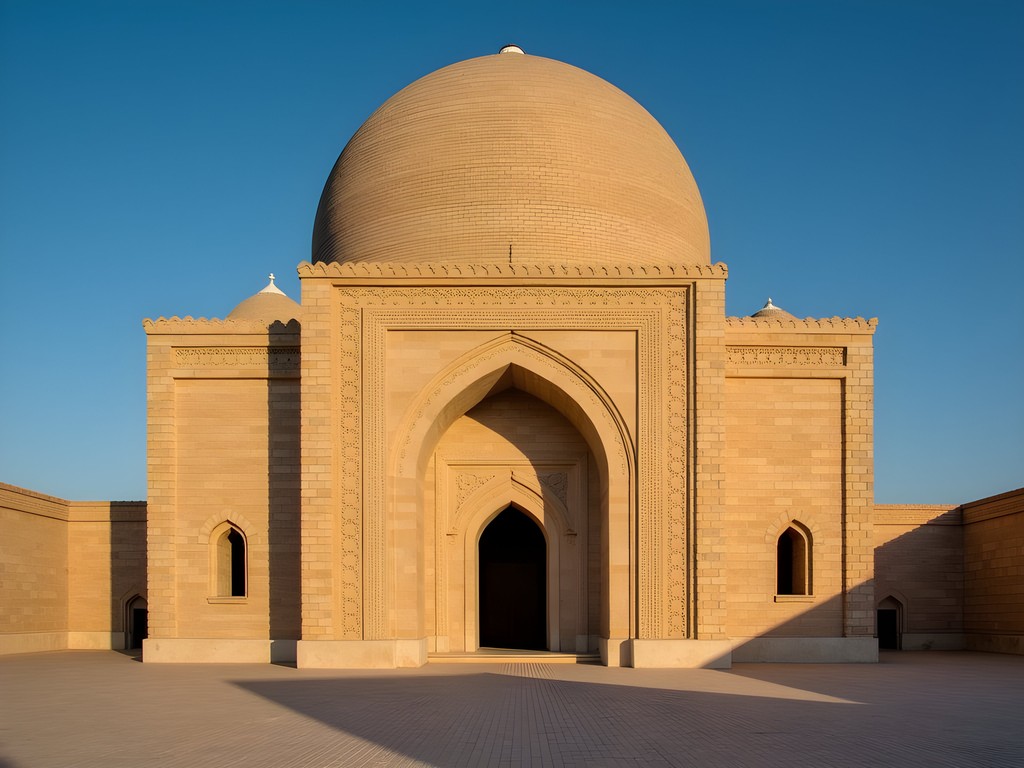
💡 Pro Tips
- Start with the furthest sites first (Erk Kala and Gyaur Kala) before the midday heat becomes intense
- Bring binoculars to appreciate distant architectural details
- Wear closed, sturdy shoes—the terrain is uneven and occasionally has thorny plants
Mary City: Soviet Heritage Meets Turkmen Traditions
After days exploring ancient ruins, modern Mary offered a fascinating counterpoint. The city itself isn't conventionally beautiful—Soviet urban planning prioritized function over form—but it provides authentic glimpses into contemporary Turkmen life that more touristic destinations often lack.
The Mary Regional Museum became my unexpected favorite. Housed in a striking white marble building (Turkmenistan's current leadership has a well-documented affinity for white marble construction), its collections include exquisite Turkmen carpets, traditional silver jewelry, and archaeological finds from Merv that help complete the historical picture.
For market enthusiasts like me, Mary's bazaar was a highlight. Unlike the more tourist-oriented markets I've visited in Istanbul or Marrakech, Mary's bazaar primarily serves locals. I spent hours wandering through stalls of handcrafted textiles, sampling dried fruits, and practicing my extremely limited Russian and Turkmen with amused vendors. The distinctive Turkmen carpets—with their geometric patterns and deep red hues—are particularly tempting souvenirs, though quality pieces command substantial prices.
Each evening, I found myself drawn to Mary's central park where families gather for leisurely strolls. This 'korso' tradition (walking for social purposes rather than exercise) offers a window into local family life. While Turkmenistan remains one of the world's more closed societies, these everyday interactions provided genuine cultural exchanges that no guided tour could replicate.
For capturing these fleeting moments of daily life, my compact camera proved perfect—its unobtrusive design allowed for street photography without making locals uncomfortable, while its excellent low-light performance handled the golden hour beautifully.
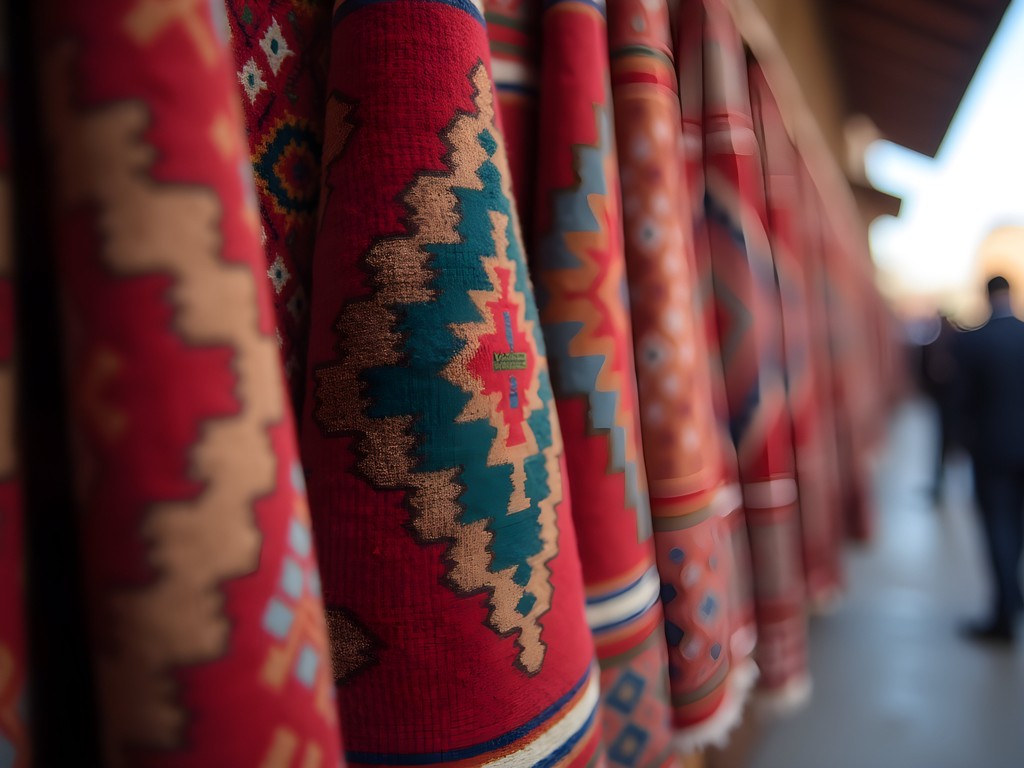
💡 Pro Tips
- Ask your hotel to write down the names of places you want to visit in both English and Turkmen/Russian to show taxi drivers
- Visit the bazaar in early morning when locals do their shopping and the produce selection is freshest
- Learn basic Russian greetings—many older Turkmens speak Russian better than English
Practical Logistics: Navigating Turkmenistan's Tourism Landscape
Let's address the elephant in the room: Turkmenistan isn't the easiest country to visit. As one of the world's most closed nations, independent travel presents unique challenges that require advance planning and patience.
The visa process deserves particular attention. Most travelers need a letter of invitation (LOI) from a registered Turkmen tour company before applying for a tourist visa. I worked with Owadan Tourism, who arranged both my LOI and guided tour package—a requirement for most visitors. While the paperwork felt bureaucratically excessive, having a pre-arranged itinerary ultimately simplified my experience in a country where improvisation can be challenging.
Getting to Mary typically means flying to Ashgabat (Turkmenistan's capital) and then taking either a domestic flight or a 5-hour drive east. The domestic flight saves time but offers less scenery; the drive showcases the dramatic Karakum Desert landscape that contextualizes why ancient civilizations clustered around the rare water sources that Merv enjoyed.
Accommodation options in Mary are limited but adequate. I stayed at the Hotel Mary, which offers clean, comfortable rooms with reliable air conditioning (essential in this climate) and a central location. While it lacks luxury touches, the staff's genuine hospitality compensated for any shortcomings in amenities.
For transportation around Mary and to the Merv archaeological site, your tour company will arrange vehicles. I recommend requesting an air-conditioned car for the Merv excursion—the site's vastness means considerable exposure to the elements. My insulated water bottle proved invaluable for keeping water cool throughout long days of exploration in the desert heat.
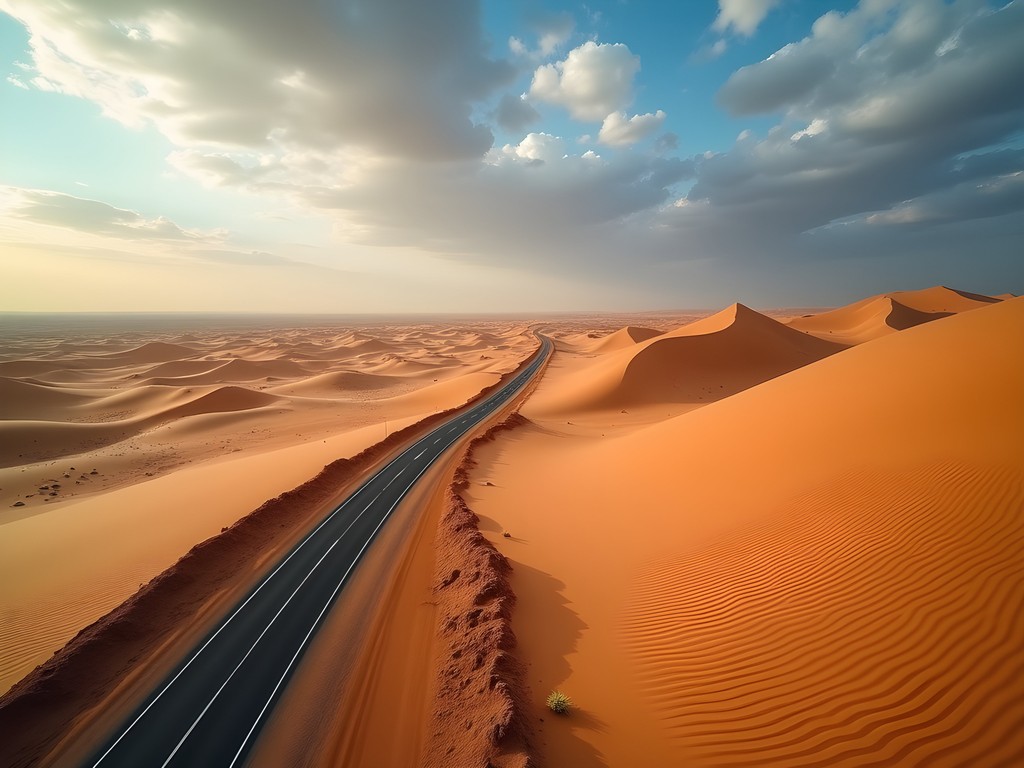
💡 Pro Tips
- Begin the visa application process at least two months before your planned travel dates
- Bring enough cash (preferably USD) for your entire stay—international cards are rarely accepted
- Download maps and translation apps before arrival, as internet access can be unreliable
Cultural Sensitivities: Respectful Travel in Turkmenistan
Traveling responsibly in Turkmenistan requires cultural awareness that goes beyond typical tourist etiquette. The country operates under an authoritarian government with specific regulations about photography, religious practices, and social behavior that visitors must respect.
First, photography restrictions are real and should be taken seriously. Generally, avoid photographing government buildings, military installations, airports, and infrastructure like bridges. When in doubt, ask your guide before taking pictures. I found my guides to be refreshingly straightforward about what was permitted and what wasn't.
Dress code considerations are important, particularly for women. While Turkmenistan is technically secular, Islamic cultural norms influence local dress standards. I packed a collection of lightweight, loose-fitting clothes that covered shoulders and knees, along with a lightweight scarf that served double duty for both sun protection and modest coverage when visiting religious sites.
Language presents another challenge. Few Turkmen outside the tourism industry speak English, and even common tourist phrases can draw blank looks. I created a small phrasebook of essential Turkmen words using a notebook, which not only proved practical but also demonstrated respect for the local culture. My efforts to use even basic Turkmen greetings were met with genuine appreciation.
Perhaps most importantly, avoid political discussions or criticism of the government. Turkmenistan's leadership maintains tight control over information, and locals may feel uncomfortable if pressed on sensitive topics. Instead, focus conversations on culture, food, family, and traditional crafts—areas where most Turkmen are proud to share their heritage and knowledge.

💡 Pro Tips
- Learn to recognize police and security personnel (often in green uniforms) and be extra cautious about photography around them
- When visiting mosques or mausoleums, women should cover their hair with a scarf
- Avoid hand gestures that might be misinterpreted—a thumbs-up is generally safe, but many Western gestures have different meanings locally
Final Thoughts
As my week in Mary Province drew to a close, I found myself sitting in a small teahouse near my hotel, reflecting on the layers of history I'd witnessed. From the crumbling mud-brick walls of ancient empires to the marble-clad monuments of modern Turkmenistan, this journey offered something increasingly rare in our hyperconnected world: a genuine sense of discovery. While Turkmenistan presents logistical challenges that may deter casual tourists, those willing to navigate its bureaucratic hurdles are rewarded with archaeological treasures largely unburdened by mass tourism. For architecture enthusiasts, history buffs, or simply those seeking roads less traveled, the Mary-Merv circuit offers a profound window into Central Asia's pivotal role in world history. As I sipped my final cup of Turkmen tea, I couldn't help but wonder how long this relative obscurity will last—making now perhaps the perfect time to experience this remarkable corner of the ancient world.
✨ Key Takeaways
- Merv archaeological site requires at least two full days to properly explore its vast expanse spanning multiple ancient cities
- Working with a reputable tour company simplifies the complex logistics of visiting this relatively closed country
- The contrast between ancient Merv and Soviet-influenced modern Mary creates a fascinating historical narrative about cultural continuity and change
- Fall offers the ideal balance of manageable temperatures and clear skies for exploring the largely unshaded archaeological sites
📋 Practical Information
Best Time to Visit
September to November
Budget Estimate
$150-250 per day including guided tours
Recommended Duration
5-7 days
Difficulty Level
Moderate
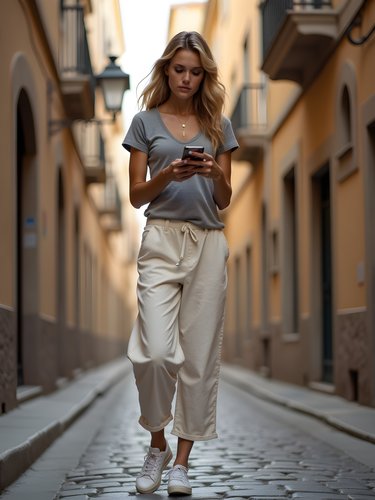
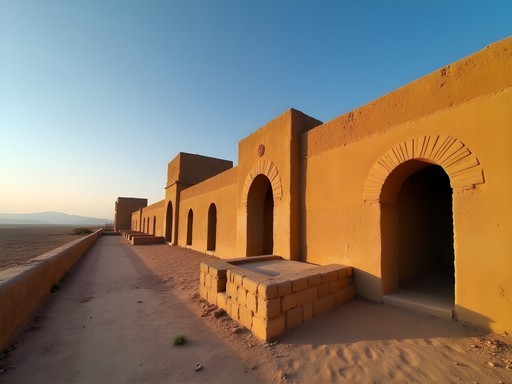
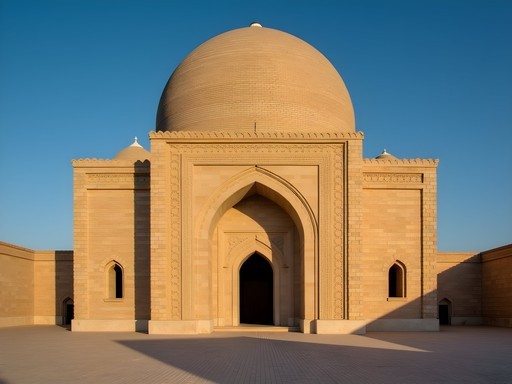













Comments
winterwanderer4705
That teahouse reflection at the end really captures the vibe of Mary. Great post!
greenwanderer
I visited Mary last summer and was surprised by how difficult it was to find information beforehand. Your section on using local marshrutkas was spot on - they're definitely the way to go for getting around! I found the History Museum in Mary to be incredible too, though hardly anyone was there when I visited. One tip for anyone going: bring a good phrasebook as English is very limited outside hotels and tourist sites.
winterwanderer4705
The marshrutkas are an adventure in themselves! Got lost twice but met some amazing locals who helped me find my way.
citynomad618
Do you need special permits to visit all these archaeological sites? Or is the tourist visa enough?
Claire Hawkins
@citynomad618 Great question! The tourist visa covers entry to most sites, but you'll need to arrange transportation with a registered tour company. Some remote sites like Gonur Tepe require additional permits that your tour operator can arrange. The main Merv complex is accessible with just your visa.
citynomad618
Thanks Claire! Super helpful info.
happyqueen
Those fortress photos are absolutely stunning! Adding this to my bucket list!
Haley Hamilton
Claire, your post brought back so many memories! I visited Merv last year and was equally mesmerized by those crumbling fortresses. The contrast between ancient Merv and Soviet-era Mary is exactly what makes Turkmenistan such a fascinating destination. Getting that tourist visa was a nightmare though - took me nearly 3 months and countless emails. Did you hire a local guide for the archaeological sites? I found having someone explain the historical context made everything so much more meaningful. The sunset view from Kyz Kala was definitely a highlight of my Central Asia journey!
winterwanderer4705
The visa process is brutal! Took me 4 months to get mine approved last year. Worth it though.
Haley Hamilton
@winterwanderer4705 Absolutely worth it! Did you make it to the Gonur Tepe site that Claire mentioned? I missed that one and still regret it.
summerlife8542
Just got back from Turkmenistan last month and also visited Mary/Merv! Your section on navigating the archaeological sites was spot on. We actually got slightly lost trying to find Sultan Sanjar Mausoleum because our map was outdated. For anyone planning to go, definitely download offline maps before you arrive since internet is spotty. The local marshrutkas (minibuses) between Mary and Merv were an adventure in themselves - crowded but super cheap and a great way to chat with locals. Did you try the shurpa soup at that little family restaurant near the Mary bazaar? That was the highlight of our culinary experience there! One tip: bring cash as most places don't accept cards, and ATMs are unreliable.
Claire Hawkins
Yes! That shurpa soup was incredible. Great tip about the offline maps - I should have mentioned that. The marshrutkas were definitely an experience!
springone
Did you feel safe using the local minibuses? Thinking about doing this trip solo.
summerlife8542
Absolutely safe! People were curious about us but super respectful. Just learn a few Russian or Turkmen phrases - it goes a long way.
coolseeker
This looks amazing!! How difficult was it to get the tourist permit? I've heard Turkmenistan is super strict about visitors.
Claire Hawkins
It's definitely not the easiest process! I applied through a local tour company about 3 months in advance. You need a letter of invitation first, then you apply for the actual visa. Budget plenty of time for paperwork!
Casey Andersson
I used Visa Guide which really simplified the process. The key is patience and starting early!
mountainclimber9673
Just got back from Uzbekistan and now I'm kicking myself for not adding Turkmenistan to the itinerary! Your description of the teahouse experience at the end really resonated with me. There's something so special about Central Asian hospitality.
Casey Andersson
Claire, this brought back so many memories! I visited Mary and Merv last year and was equally captivated by how the ancient ruins contrast with the Soviet architecture. Getting my tourist visa was quite the adventure though - took nearly two months and countless emails. Did you hire a private guide for Merv? I found having someone explain the historical context made those crumbling walls come alive with stories. The sunset from Kyz Kala was absolutely magical - I sat there for nearly two hours just soaking it all in. My hotel arranged a fantastic picnic dinner there which I highly recommend to anyone planning a visit!
Claire Hawkins
Casey - a sunset picnic at Kyz Kala sounds incredible! I did hire a guide named Batyr who was absolutely wonderful. The visa process was lengthy for me too, but totally worth it.
coolseeker
A picnic dinner at an ancient fortress?! Adding that to my bucket list right now!
springone
Wow, I've never seen a blog about Turkmenistan before! Merv looks incredible in your photos.
Claire Hawkins
Thanks springone! It's definitely one of the less-covered destinations, which made exploring it all the more special.
Venture X
Premium card with 2X miles, $300 travel credit, Priority Pass